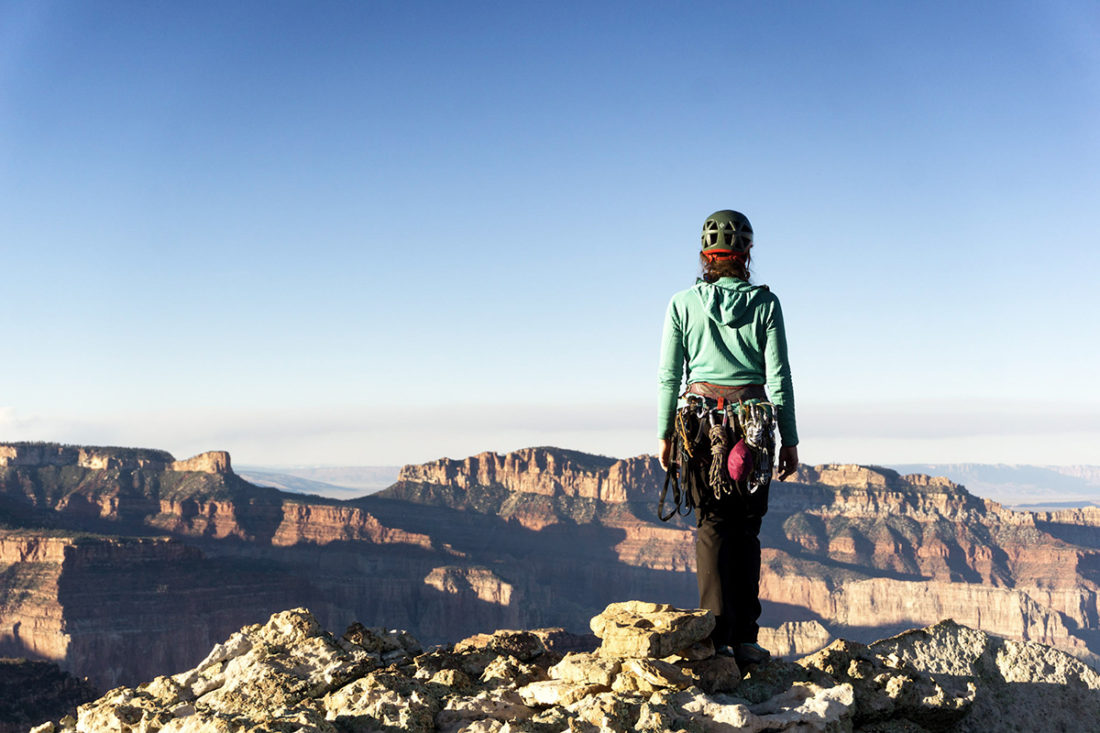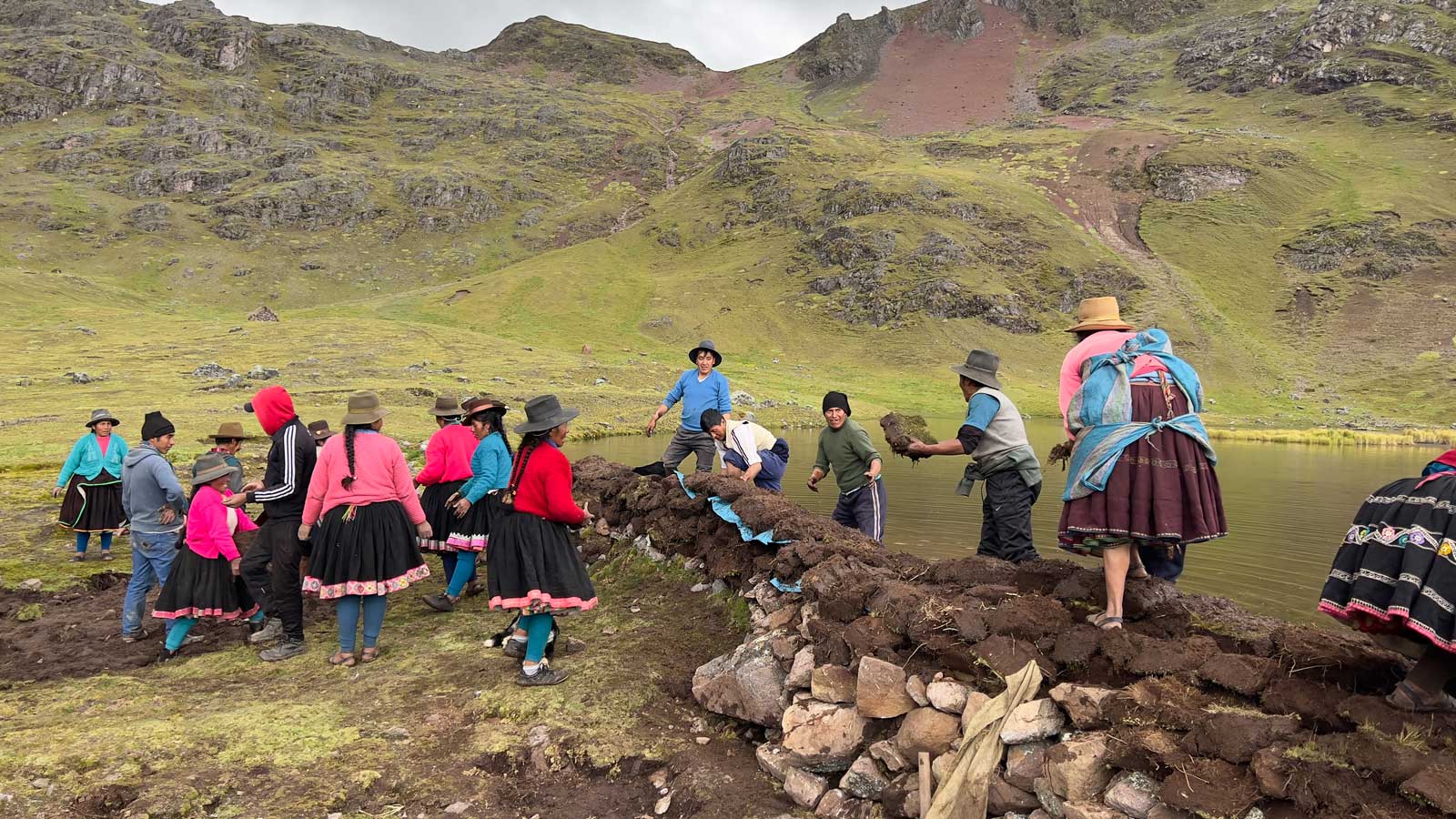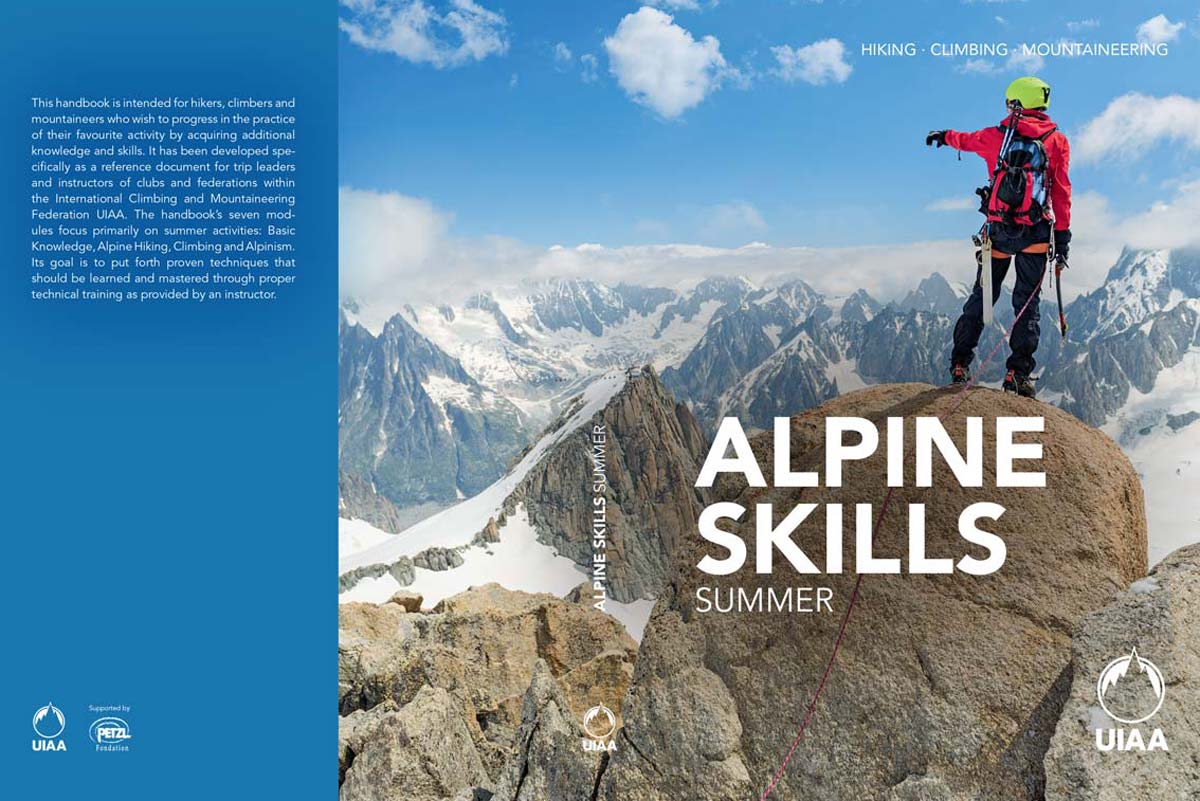Wilderness Rock Climbing Indicators and Climbing Management Implications: Health of the climbing system as a part of wilderness character in National Park Wilderness

Project Status: January 2017 – December 2018
Location: United States
GOALS AND OBJECTIVES
This study addresses the need to characterize the health of the climbing system as a part of wilderness character in National Park Wilderness, through the understanding of climbing use patterns and associated physical indicators. Grand Canyon and Joshua Tree National Parks serve as case study areas. Monitoring follows the frameworks of wilderness character monitoring. This study will contribute baseline climbing monitoring research for the case study parks, develop a simple and adaptable climbing impact monitoring program for application in other park units, and provide data for management decisions regarding climbing use in National Park Wilderness.
CONTRIBUTION TO MOUNTAIN PROTECTION
This project specifically addresses Wilderness protection, which encompasses vast landscapes ranging from mountains to desert to coastal environments. Climbers are historic users of Wilderness and have traditionally been stewards of wild lands, establishing their own strong ethics. The increasing numbers of climbers on the landscape contributes to an increased physical and social impact in wild places. American public land agencies are seeking to identify and manage climbing impacts, especially in Wilderness areas.
In order to manage rock climbing activity, it must be determined which indicators are the most useful to monitor and measure when considering climbing management. The understanding and monitoring of these indicators will lead park planners to better understand climbing use in their parks, and consequently allow the management of climbing activity as appropriately and simply as possible. This study uses a Utilitarian conceptual framework and will deliver both useful data to be considered in park management decisions and a simple yet robust monitoring program for continued application in parks in accordance with NPS Director’s Order #41: Wilderness Stewardship (DO#41).
This study is focused on climbing management in wilderness because distinct frameworks for wilderness management are established on a national and agency level. DO#41 defines climbing to include “rock climbing, snow and ice climbing, mountaineering, canyoneering and caving, where climbing equipment, such as ropes and fixed or removable anchors, is generally used to support an ascent or descent” (USDI, NPS, 2013a). For this study rock climbing will be defined as 5th class climbing, where the technical ascent of terrain features traditionally require the use of ropes and natural or artificial equipment to protect the climber from long falls (Eng, 2010). Research will establish consistent rock climbing indicators to be monitored in NPS wilderness in accordance with wilderness quality monitoring standards and frameworks. Monitoring will show the change over time of climbing indicators and allow for comparison of site conditions to the desired conditions, which are determined by the park.
BENEFITS FOR, AND COLLABORATION WITH, LOCAL COMMUNITIES
I am an active advocate for climbing. When I lived in cities with robust climbing communities, I was active with the local climbing organizations, including serving on the board of directors and participating in advocacy and public policy work involving climbing on American public lands. I now live in Grand Canyon, which has no local climbing organization. My enthusiasm for climbing stewardship has been supported by National Park Service staff who partner on my research and allow me opportunities to learn about wilderness climbing management. In 2016, I organized a meeting between the Access Fund Policy Team and Grand Canyon NPS wilderness managers to discuss climbing management in the new Backcountry Management Plan. I also started a wilderness climbing and canyoneering patrol program with the Grand Canyon National Park Visitor and Resource Protection Division, which engages local climbers in performing the patrols. In my role as a researcher and a park ranger, I identify the critical need to engage the local climbing community in the management of the climbing resource. My work has been well received by my local climbing communities, my guiding community, as well as my professional National Park Service community. All stakeholders agree that engaging climbers in climbing management will best serve both the wilderness landscape and the wilderness users.
I believe this research helps build a positive relationship between climbers and NPS land managers. Mutually increasing understanding or each group of the other—climbers understanding land management and land managers understanding climbing—benefits both groups. There is an increasing need for understanding of how to assess the impacts of climbing on the landscape. This research will result in a program that is climber-created and involves dialog with land managers in its development. It will represent a program that appropriately considers both the resources and the activity (climbing).
COLLABORATION WITH LOCAL AUTHORITIES
This project is not possible without collaboration with local authorities and agencies. This project was developed with the support of National Park Service, from the level of Park Rangers and Climbing Rangers in the field ranger to Superintendents and Chiefs of Resources and Chiefs of Visitor and Resource Protection. This project is also supported by the academic graduate committee of professors from the University of Arizona and Northern Arizona University as well as an advisor from the Access Fund. This project is financially supported through the following generous grants: Joshua Tree National Park Association Robert Lee Graduate Research Grant ($4,000), Access Fund Climbing Conservation Grant ($2,500), and the American Alpine Club Research Grant ($1,500).
SPEARHEADING BEST PRACTICES
This research provides both field data and a deep administrative history of climbing management in wilderness on American public lands. Climbing has been managed through different policies, plans and laws through decades. American land management agencies are in a place where they need to comprehensively understand past management practices for climbing as well as see research that mines wilderness law and policy for direction on developing climbing impact indicators and standards. This research will contribute to the best practices of national level climbing management as well as be locally applicable to the wilderness landscapes being managed.
PROJECT MANAGEMENT AND VOLUNTEER OPPORTUNITIES
This project is being completed as a master’s thesis in Geography, Planning and Recreation through Northern Arizona University. The researcher, Kate McHugh, has consulted with partners, received grant funding, obtained research permits and begun field work during the school year Fall 2016-Spring 2017. During the second year of Fall 2017-Spring 2018, McHugh will produce field research and begin data analysis. Fall 2018 will be the period for developing conclusions and results. The thesis is targeted to be completed in December 2018. Northern Arizona University has granted McHugh a tuition waiver for attendance at the university and all additional thesis costs are grant funded by conservation and climbing advocacy non-profits. Logistical support- such as camping, backcountry use permits, use of office space – is provided for free by the local National Park units the research is being conducted in.
This research relies on volunteer stewardship. The project engages local climbers, volunteer climber stewards and volunteer climbing rangers, as well as outdoor education groups and members of local climbing gyms to be trained to collect data. This piece of the research is critical, both in obtaining field data and in engaging climbers in the stewardship of the climbing resource.
CONTACT
Kate McHugh
kym2@nau.edu



